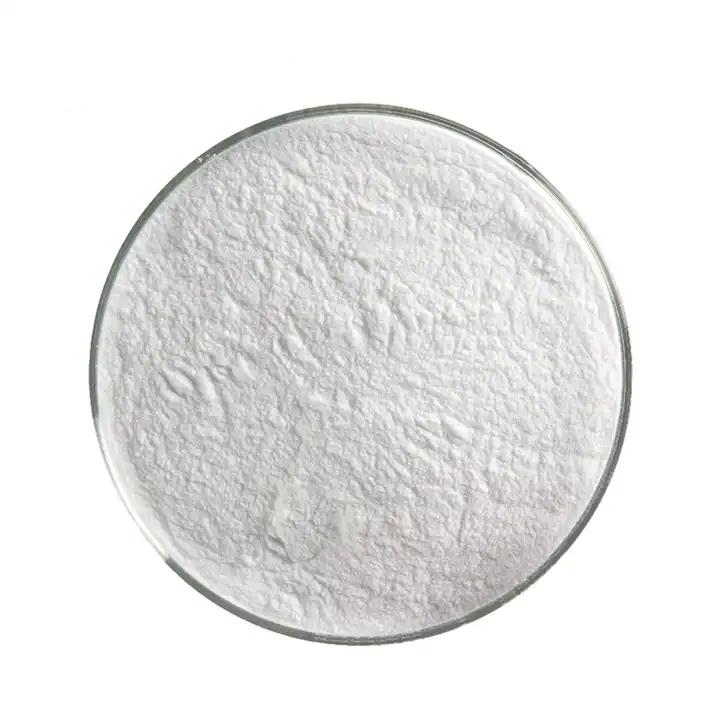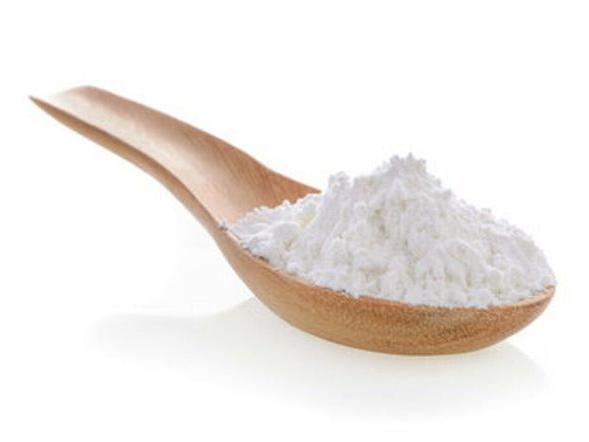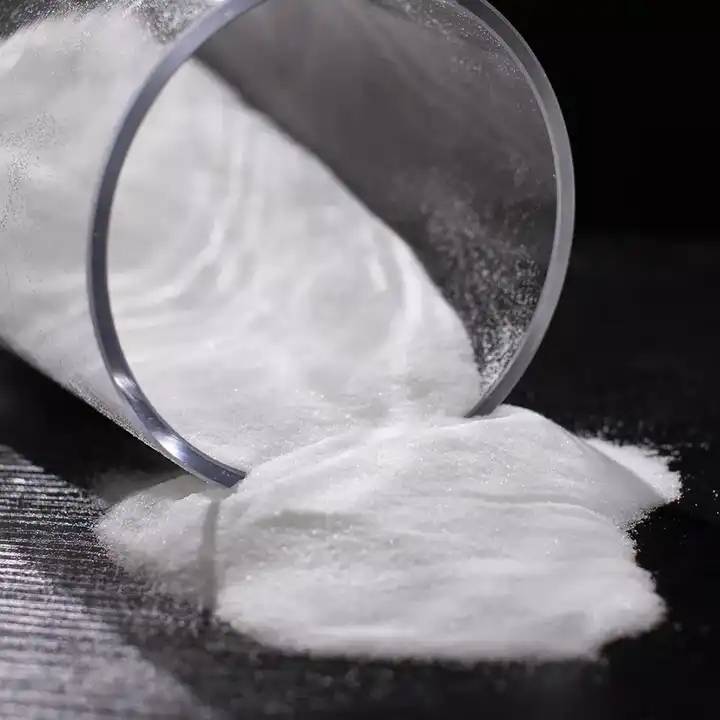Sodium Polyglutamate for Skin 98%
Product Name:Sodium Polyglutamate for Skin
Assay:≥98%
Testing Method:HPLC
Appearance:White Powder
Pesticide Residue:Comply with (EC) No 396/2005 Standard
- Description
- Data Sheet
- Certificate
-
What is Sodium Polyglutamate for Skin?
Sodium polyglutamate, also known as natto gum and sodium polyglutamate. It is a water-soluble, biodegradable, non-toxic biopolymer produced by microbial fermentation. Monosodium polyglutamate is a sticky substance that was first discovered in "natto" - fermented beans. Sodium polyglutamate is a special anionic natural polymer, homo-polyamide formed by amide linkage between α-amino and γ-carboxyl. Sodium polyglutamate for skin has a molecular weight ranging from 50,000 to 2,000,000 daltons.
The basic structure of monosodium polyglutamate consists of 5,000-10,000 glutamic acid molecules polymerized by gamma-amide bonding. There are a large number of hydroxyl groups, carboxyl groups, and other polar groups in the molecule. It can form hydrogen bonds within and between molecules and bind a large amount of water, with an obvious moisturizing effect. It can also enhance the skin's own NMF content, moisturizing and locking water from the inside out. It is a natural moisturizing ingredient, plus its unique three-dimensional structure and different molecular weights of polyglutamic acid sodium cooperate, forming multiple water-locking effects, and is now widely used in cosmetics moisturizing raw materials.
Sodium Polyglutamate for Skin usually refers to high molecular weight sodium polyglutamate (>700kDa), usually around 800,000Da polyglutamate products. It is mainly used as a moisturizing agent, added to face masks, morning and evening creams, shampoos, skin care ointments, etc. It can beautify and whiten the skin with full moisturizing, gently inhibit tyrosinase activity as well as inhibit the production of melanin, which can deeply moisturise and lighten the skin.
There are many methods for the production of sodium polyglutamate γ-PGA, which can be roughly classified into three types: chemical synthesis (traditional peptide synthesis, dimer condensation method), enzyme conversion method, and microbial fermentation method. The first two methods have certain limitations, such as low yield, impure quality, difficult operation, and high depletion. Therefore, microbial fermentation synthesis is the main production method of monosodium polyglutamate at present.
Green Spring Technology produces low molecular polyglutamic acid nano with purity ≥98.0% (HPLC) by using a new process of synthetic biology, which is safe, refreshing, and easy to absorb. Compared with macromolecular polyglutamic acid sodium, it has better moisturizing and antioxidant effects and is a new type of mild anti-aging ingredient. It has a broad application prospect in cosmetics, toiletries, and environmental treatment.
Specification:
Product Name
Cosmetics Raw Material Sodium Polyglutamate
CAS No.
28829-38-1
Assay
98%
Testing Method
HPLC
Appearance
White Powder
Pesticide Residue
Comply with (EC) No 396/2005 Standard
Regulations:
It conforms to EU regulations.
Looking for a Quotation?Benefits:
Moisturising
The hydrogel of sodium polyglutamate is a colorless, odorless, transparent and soft gel with a unique three-dimensional spatial structure, capable of forming a variety of water-locking effects, and therefore possesses superb water-absorbing and moisturising ability. And according to the results of the 28-day experiments, PGA can prevent the loss of water within the skin for a longer period of time, and its long-term moisturising effect is superior to that of sodium hyaluronate and collagen.
Anti Aging
Sodium polyglutamate has the effect of inhibiting the activity of hyaluronidase in the skin, alleviating the degradation of hyaluronic acid in skin connective tissue caused by the activation of hyaluronidase, and preventing skin loss of elasticity and wrinkles caused by loose skin connective tissue.
Whitening
Sodium polyglutamate not only has a strong moisturizing ability but also can effectively inhibit the growth of melanin to achieve whitening and blackening effects. Although Vc and other effective ingredients have a good whitening effect, in ultraviolet light failure, is easy to oxidation, and polyglutamic acid can achieve a whitening effect and defense against ultraviolet radiation double effect, and low molecular PGA "white" more gently.
Applications:
In Cosmetics:
Because of the unique structure of sodium polyglutamate, they have good water absorption and water retention properties, and there are already cosmetic products on the market that use sodium polyglutamate as ingredients. When used as a cosmetic ingredient, the functions of sodium polyglutamate with different relative molecular masses are different. More than 2,000 kDa of sodium polyglutamateγ-PGA has a film-forming property, which can effectively prevent water loss, and sodium polyglutamate of 1-10 kDa are favorable for transdermal absorption, which can deeply moisturize and care for the skin.
In Pharmaceutical:
Low relative molecular sodium polyglutamate has better biocompatibility and biodegradability, so it can be used as a drug carrier. The degradability of sodium polyglutamate can enable the release of drugs at the appropriate time, so that the drug can be utilised more fully and the therapeutic effect is better.
In Environmental Treatment:
The disadvantages of commonly used flocculants in sewage treatment, such as aluminum salt, iron salt, and polyacrylamide, are more obvious. Sodium polyglutamate has a better adsorption effect on heavy metals and rare earth elements, and it is non-toxic and non-polluting itself, and it can be biodegraded, so it is a kind of environmentally friendly flocculant.
In Agriculture:
The hydrophilic group carboxyl group in the molecule of sodium polyglutamate has the functions of maintaining soil moisture content, improving soil swelling and porosity, improving sandy soil, and promoting the improvement of soil fertility and water retention capacity. It can prevent the precipitation of sulfate, phosphate, oxalate and metal elements, enabling crops to more effectively absorb phosphorus, calcium, magnesium, and trace elements in the soil. Therefore, sodium polyglutamate is also widely used in agriculture.
-
Download
Sodium Polyglutamate for Skin 98% COA


 English
English French
French Spanish
Spanish Russian
Russian Korean
Korean Japanese
Japanese












